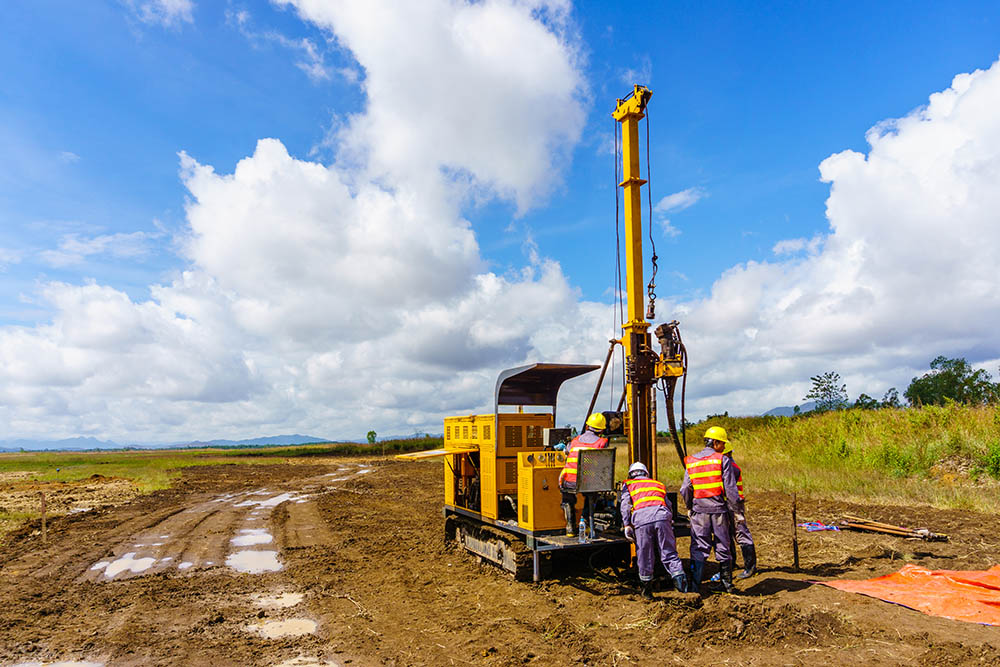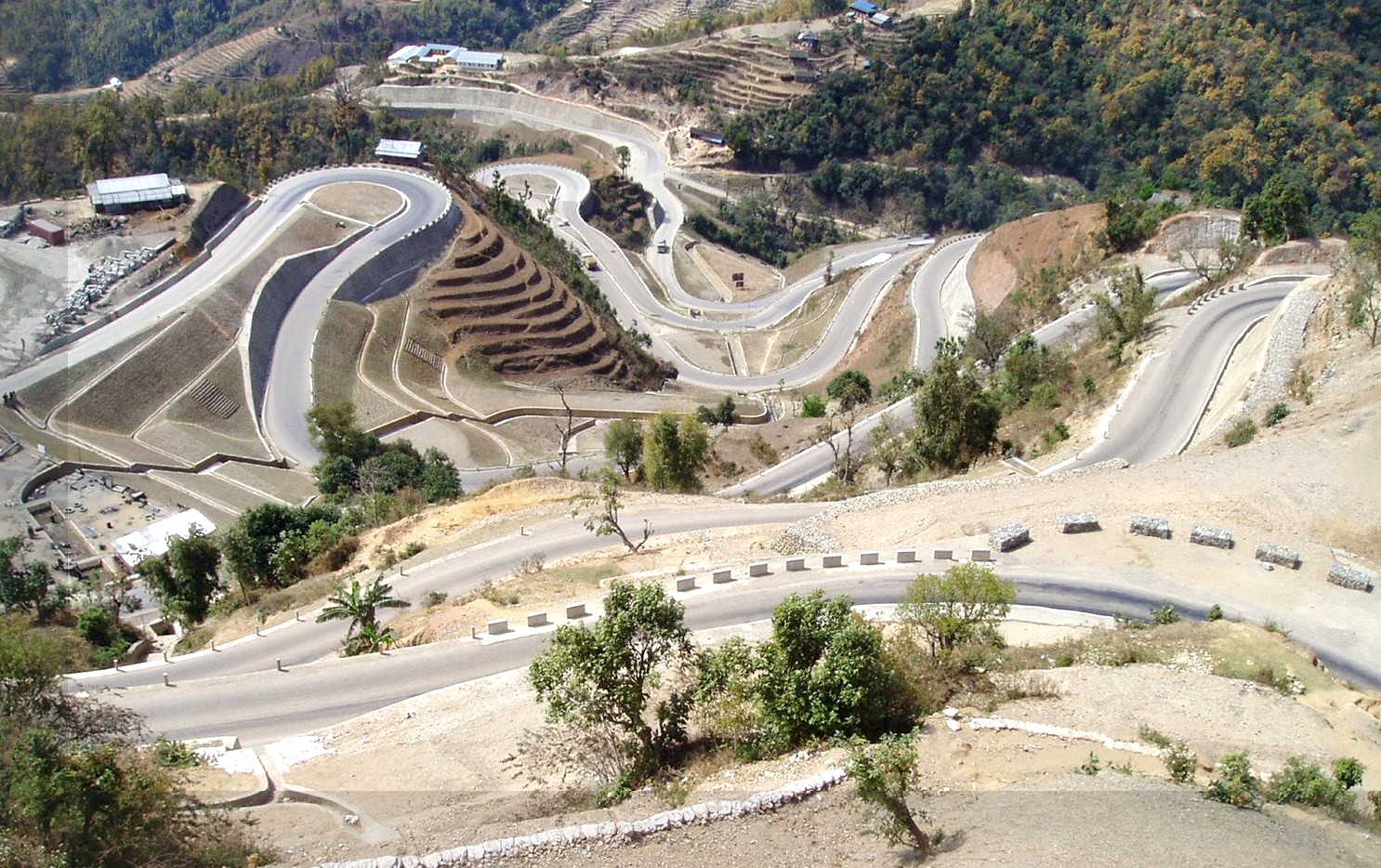Finding the very best Geotechnical Companies in South Africa: Key Considerations
Wiki Article
Discovering the Basic Principles and Applications of Geotechnical Design for Lasting Facilities Advancement
The crossway of geotechnical design and sustainable framework development offers a compelling chance to boost both design effectiveness and ecological responsibility. By comprehending key concepts such as dirt mechanics, website characterization, and structure design methods, designers can create options that are not just effective yet also lessen eco-friendly footprints.Key Principles of Geotechnical Design
Recognizing the essential principles of geotechnical design is important for creating sustainable facilities (all about geotechnical engineering). This discipline concentrates on the interaction between soil, rock, and frameworks, playing a crucial duty in the stability and efficiency of design tasks. The leading concept is the assessment of subsurface conditions through site investigations, which offer important info concerning dirt residential or commercial properties, stratification, and groundwater levelsOne more crucial principle is the application of efficient anxiety theory, which assists engineers understand how dirt habits modifications under varying tons. This understanding is important for examining the bearing capability of foundations and guaranteeing that structures can endure both static and dynamic pressures.
Furthermore, the principles of soil-structure interaction and incline security are essential to geotechnical design, as they inform choices on the positioning and style of maintaining inclines, embankments, and walls.
Finally, geotechnical designers must think about sustainability by advertising the use of in your area sourced products, decreasing ecological effect, and maximizing styles for long life. By adhering to these concepts, geotechnical design adds significantly to the creation of lasting and resistant infrastructure that fulfills the requirements of society while protecting the setting.
Dirt Mechanics and Its Value
Soil technicians offers as the foundation of geotechnical engineering, supplying the scientific principles required to examine the behavior of soil under numerous problems. Understanding soil technicians is important for predicting exactly how soil will react to loads, adjustments in moisture web content, and other environmental aspects. This expertise permits engineers to design frameworks that can stand up to the pressures put in by the soil and make sure security and security.The study of dirt mechanics incorporates different elements, including dirt classification, shear compressibility, permeability, and strength. These factors influence the style of foundations, retaining wall surfaces, and various other geotechnical structures, making it necessary to evaluate dirt residential properties properly. The shear toughness of soil straight impacts the stability of slopes and excavations, while compressibility impacts negotiation forecasts for structures.
In addition, dirt auto mechanics plays an important role in sustainable infrastructure advancement. By understanding the soil's behavior, designers can lessen ecological impacts, maximize product usage, and enhance the longevity of frameworks. This combination of soil mechanics into geotechnical engineering methods not just makes sure safety and security however likewise adds to the general sustainability of building and construction jobs, advertising effective resource administration and ecological stewardship.
Website Characterization Techniques
Effective website characterization techniques are essential for gathering crucial information regarding subsurface problems prior to construction - geotechnical engineer description. These techniques offer useful understandings right into soil properties, rock formations, groundwater degrees, and prospective geohazards, consequently notifying job layout and mitigating threatsOne commonly used technique is piercing, which enables for direct sampling of soil and rock layers. This can be complemented by in-situ screening, such as Common Infiltration Examinations (SPT) and Cone Penetration Examinations (CPT), to review soil strength and stratification. Geophysical methods, consisting of seismic refraction and electrical resistivity studies, enable non-invasive evaluation of subsurface materials and structures, providing a more comprehensive point of view on geological problems.
In addition, laboratory testing plays an essential role in evaluating soil samples acquired from drilling. Tests such as grain dimension evaluation, Atterberg restrictions, and triaxial shear examinations generate crucial data on soil habits under different loading problems.
Including these website characterization strategies not only improves the understanding of website conditions however also sustains lasting facilities growth by making sure that jobs are developed with suitable safety margins and performance requirements. Hence, a thorough website characterization is essential for informed decision-making in geotechnical engineering.
Foundation Design Approaches
Foundation style techniques are vital for making certain the stability and durability of structures in different geotechnical contexts. These methods start with a thorough website investigation, which consists of soil testing and evaluation to establish the physical buildings of the subsoil. Recognizing soil behavior under load is vital for choosing the suitable foundation type, whether deep or shallow.Shallow foundations, such as spread footings or mat structures, are generally utilized when appropriate dirt layers are available near the surface area. On the other hand, deep structures, such as piles or pierced shafts, are made use of in situations where surface area dirts are insufficient to sustain structural lots.

Lasting Practices in Geotechnical Design
The combination of sustainable practices in geotechnical design plays a pivotal role in enhancing the environmental and economic viability of infrastructure projects. By prioritizing resource efficiency and lessening ecological influences, designers can add to geotechnical companies in south africa the development of durable facilities systems.One trick lasting technique includes the usage of different materials, such as recycled aggregates and commercial by-products, which can reduce the need for virgin resources and lower carbon emissions. Furthermore, soil stablizing strategies, consisting of the application of bioengineering methods, enhance soil buildings while promoting ecological equilibrium.
In addition, the execution of sophisticated geotechnical modeling and monitoring modern technologies permits for far better prediction and administration of ground conditions, causing enhanced layout solutions and resource usage. These modern technologies also help with the analysis of lasting performance, making sure that frameworks remain useful and safe over their life expectancy.

Final Thought
In conclusion, the principles and applications of geotechnical design play an essential role in sustainable framework growth. Emphasizing soil auto mechanics, website characterization, and cutting-edge structure design techniques improves the durability and performance of frameworks.By understanding vital principles such as soil mechanics, site characterization, and foundation style methods, designers can produce options that are not just reliable yet additionally decrease ecological impacts.Dirt technicians offers as the structure of geotechnical design, giving the clinical concepts needed to examine the habits of soil under numerous conditions. Comprehending soil mechanics is vital for anticipating exactly how soil will react to lots, adjustments in wetness content, and other ecological variables.The research of soil mechanics encompasses numerous facets, consisting of soil classification, shear compressibility, leaks in the structure, and stamina. These aspects influence the design of structures, maintaining walls, and various other geotechnical frameworks, making it vital to evaluate dirt properties properly.
Report this wiki page